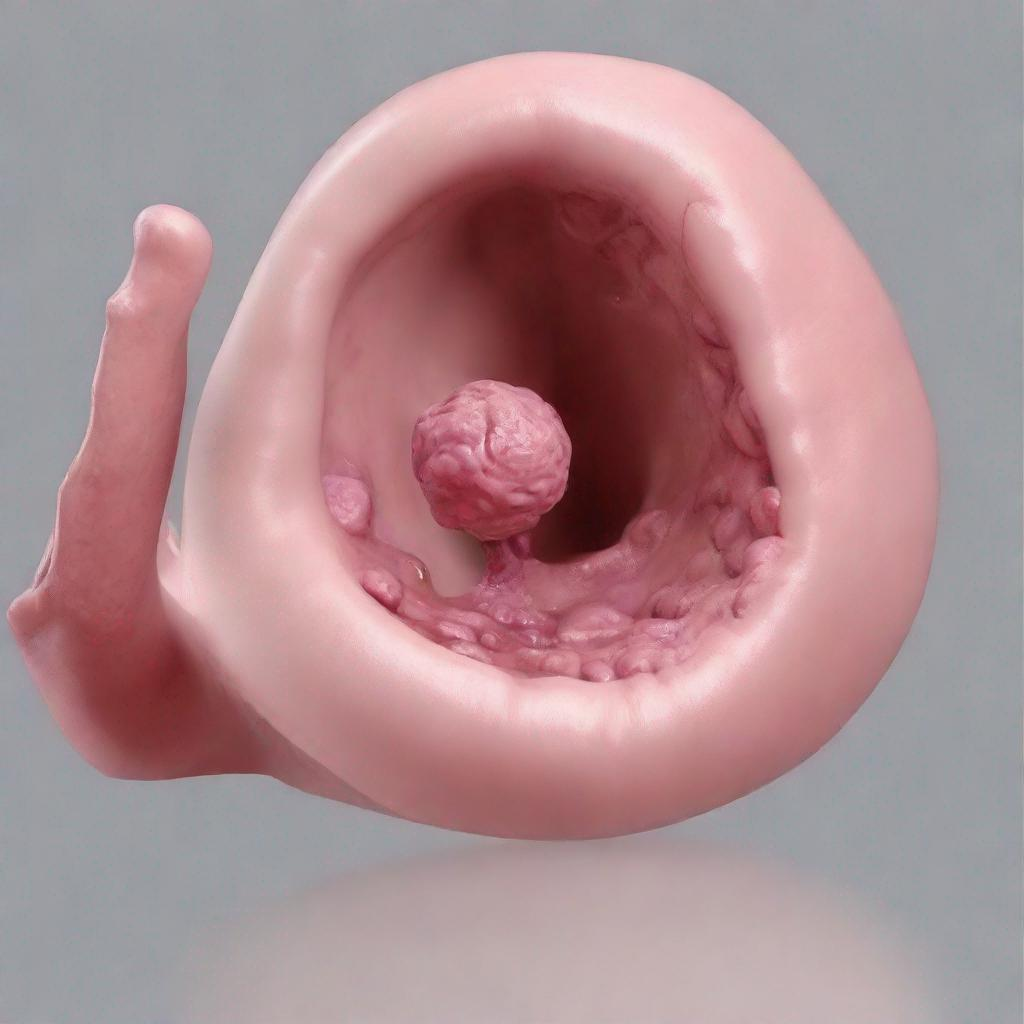## Cardiac Auscultation: A Guide to Listening to the Heart
### Introduction
**Cardiac auscultation** is a medical test that involves listening to the sounds produced by the heart to assess its health. These sounds are created by the flow of blood through the heart valves and the contraction of the heart muscle.
### Procedure
Cardiac auscultation is performed using a stethoscope, a medical instrument with a chestpiece and two earpieces. The doctor will place the chestpiece on different areas of the chest to listen for heart sounds. The stethoscope amplifies the sounds, making them easier to hear.
Typically, doctors who perform cardiac auscultation include cardiologists, family physicians, and internists.
### Diagnosis
Cardiac auscultation can help diagnose various conditions and diseases of the heart, including:
– **Valvular heart disease:** Heart murmurs, abnormal sounds caused by blood flowing through damaged or narrowed heart valves.
– **Coronary artery disease:** Reduced blood flow to the heart muscles due to plaque buildup in the arteries.
– **Hypertrophic cardiomyopathy:** Thickening of the heart muscle that can obstruct blood flow.
– **Congestive heart failure:** A condition in which the heart cannot pump enough blood to meet the body’s needs.
### Importance
Cardiac auscultation is an essential tool in diagnosing heart conditions because it:
– Provides immediate information about the heart’s function.
– Detects potential heart problems early on.
– Helps monitor the progression of heart conditions.
### Alternatives
In some cases, other tests may be necessary to confirm a diagnosis or provide more detailed information, such as:
– **Echocardiogram:** An ultrasound of the heart.
– **Electrocardiogram (ECG):** A recording of the heart’s electrical activity.
– **Cardiac magnetic resonance imaging (MRI):** A detailed imaging test of the heart.
### Preparation
No special preparation is required for cardiac auscultation.
### Duration
Cardiac auscultation typically takes a few minutes to perform. Results are usually available immediately.
### Recommendations
Following a cardiac auscultation, the doctor may recommend further testing or monitoring, depending on the findings. This may include:
– **Repeat cardiac auscultation:** To monitor changes in heart sounds over time.
– **Echocardiogram:** To visualize the heart’s structure and function.
– **Stress test:** To assess heart function during exercise or other stress.




